September 2025 — A startling new global study reveals that 44 percent of people aged 15 and older with diabetes are unaware they have the condition, marking a silent but growing public health emergency. Conducted by health researchers using data compiled by the Institute for Health Metrics and Evaluation, the study underscores major gaps in screening and management—especially in younger adults and low-income regions.
Key Findings at a Glance
- Global Prevalence: Nearly 589 million adults worldwide live with diabetes, and this number is projected to rise to 853 million by 2050.
- Undiagnosed Cases: About 44 percent of those living with the disease are undiagnosed.
- Regional Disparities: Diagnosis rates are lowest in regions like Central Sub-Saharan Africa, where underdiagnosis exceeds 70 percent. Higher-income areas—such as North America—achieve diagnosis rates above 80 percent.
- Treatment Gap: Even among diagnosed individuals, only 41.6 percent maintain blood sugar levels within a target range.
- Future Projections: Without intervention, diabetes cases could hit 1.3 billion globally by 2050.
Why So Many Go Undiagnosed
Diabetes—particularly type 2—often develops with subtle or no noticeable symptoms, meaning many people don’t realize they are at risk. Added to this, limited access to healthcare or screening in underserved areas contributes substantially to delayed detection. Compounding the problem, misperceptions about diabetes and low health literacy further deter early testing and treatment.
Health Consequences of Missed Diagnoses
Leaving diabetes unchecked significantly raises the risk of life-altering complications:
- Heart attacks and strokes
- Kidney disease
- Vision damage and blindness
- Nerve damage and amputations
Early identification and proper treatment are crucial to preventing these outcomes. However, the low detection rate means countless people face irreversible harm without ever knowing the root cause.
Treatment & Management—Still Falling Short
Of those diagnosed:
- Most are receiving some form of treatment—over 90 percent.
- Yet less than half manage to achieve effective control of blood sugar levels.
This shortfall reflects systemic issues—from limited medication access to disparities in long-term care and patient education.
What Needs to Happen
To confront this crisis, experts recommend:
- Expanding testing and screening, particularly in high-risk and underserved communities.
- Improving public awareness of risk factors—such as family history, obesity, age, and hypertension.
- Strengthening health systems to support early diagnosis, affordable medicines, and lifestyle counseling.
- Advancing innovations like AI-driven screening tools or wearable tech to detect prediabetes and diabetes sooner.
Why This Matters Now
Diabetes isn’t just a growing disease—it’s a generational problem in the making. Untreated diabetes can shorten lives, escalate healthcare costs, and strain families. With half of cases still under the radar, policies and programs must urgently shift from reactive treatment to proactive detection and prevention. Ensuring early recognition could be the difference between extending healthy life and managing chronic disability.
At a Glance
| Indicator | Data |
|---|---|
| Adults with diabetes | 589 million (global estimate) |
| Undiagnosed cases | 44% of all diabetes cases |
| Treatment effectiveness | Only ~42% of diagnosed manage good sugar levels |
| Future projection | Up to 1.3 billion may be affected by 2050 |

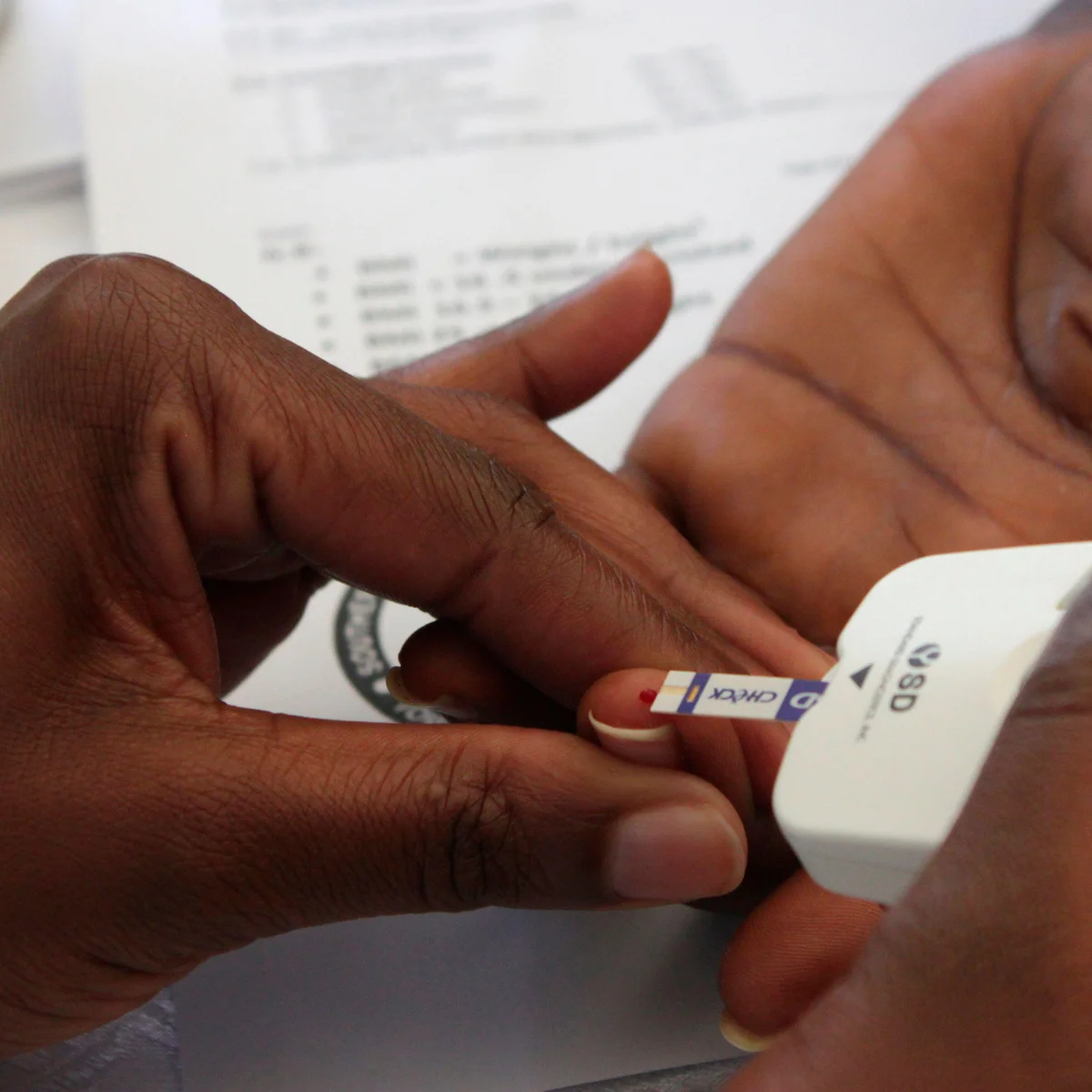
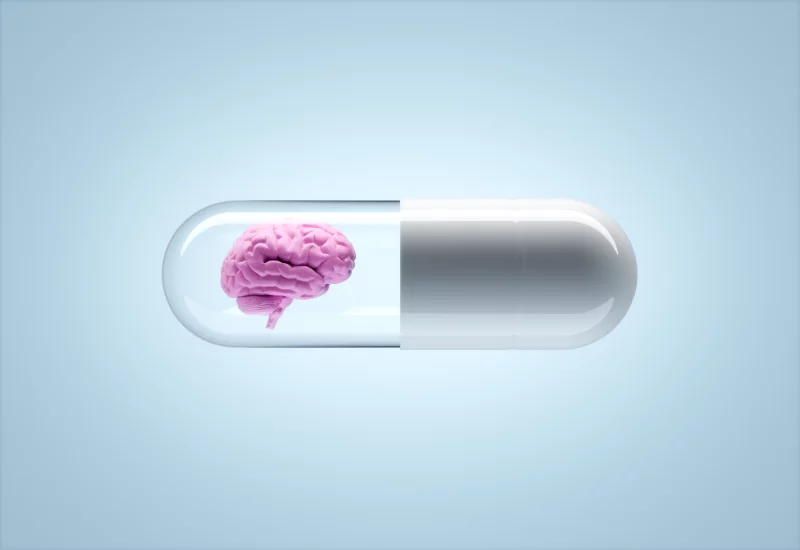


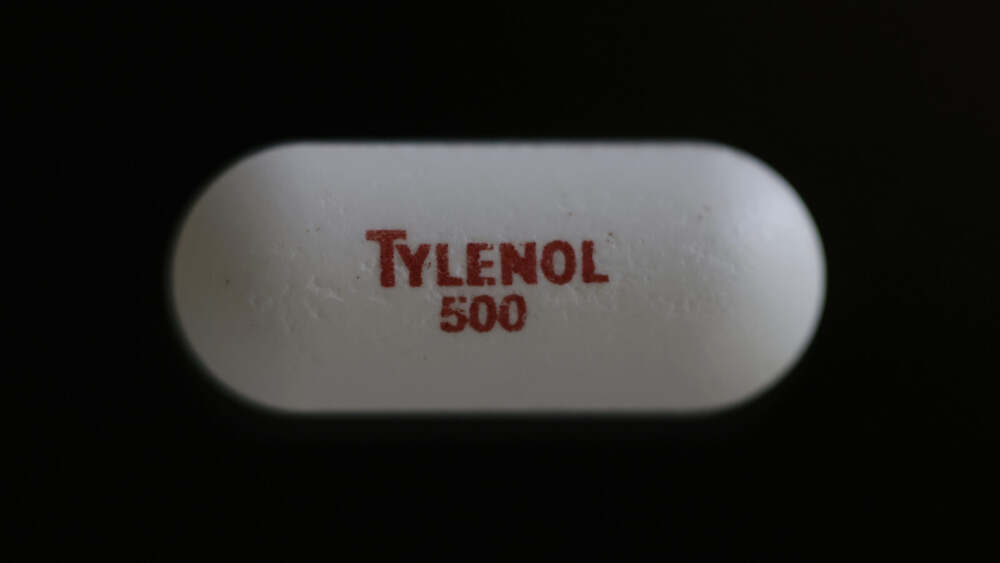





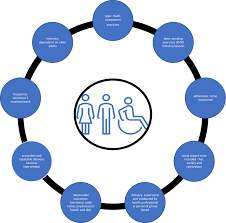



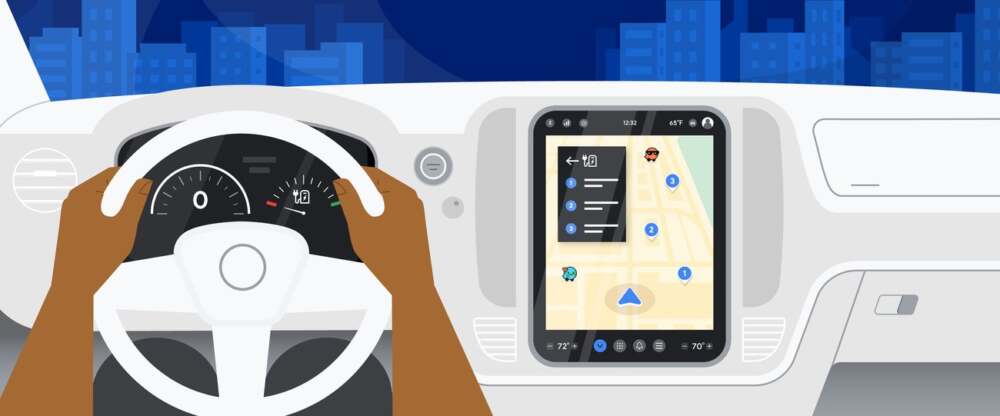
Leave a Reply